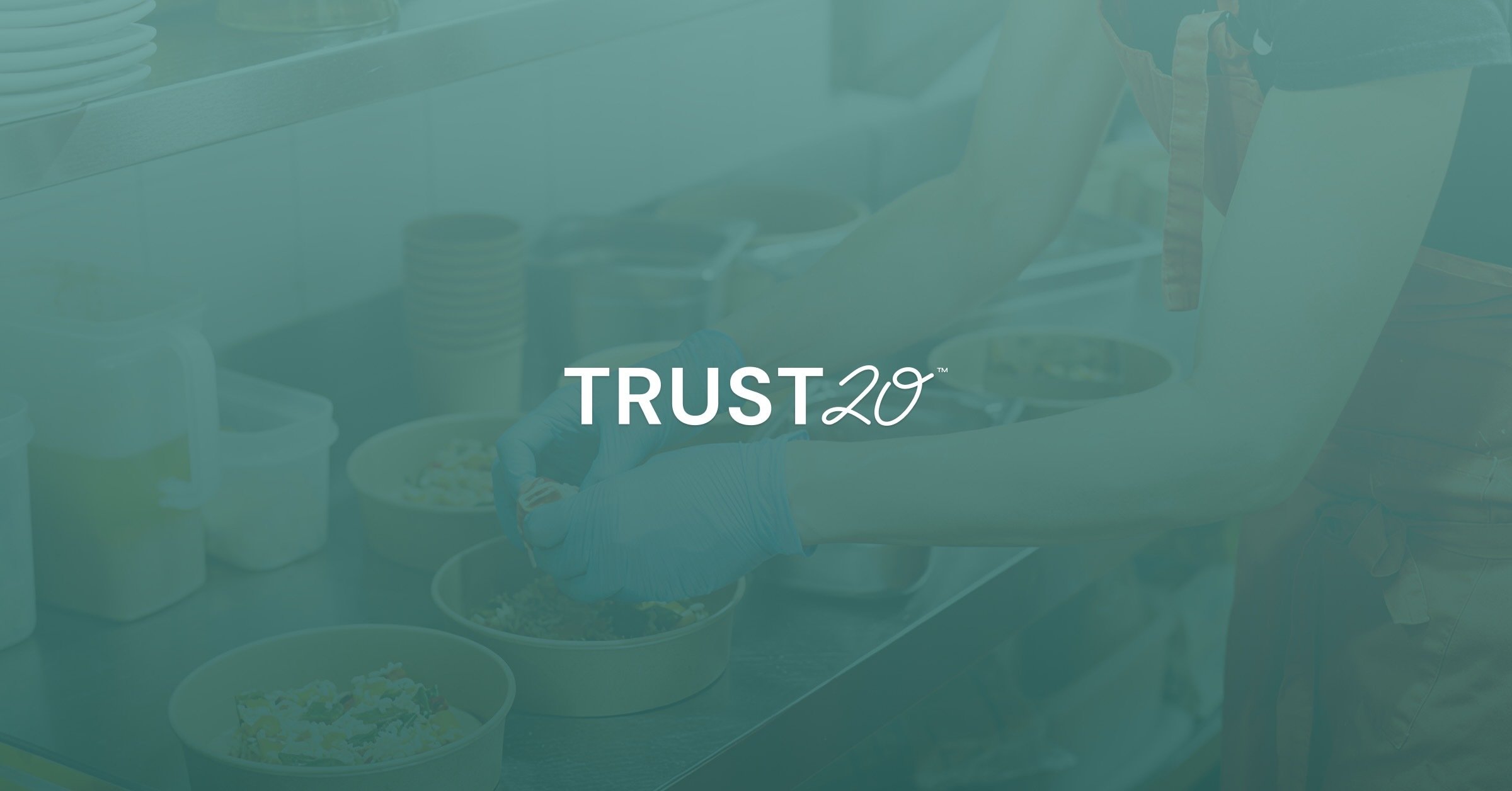The foodservice industry is at a turning point. The pandemic revealed a host of dilemmas within the industry and operators are faced with just as many, if not more, questions than they were in March 2020.1 Operators were (and frankly still are) asking questions like, “Do I need to reduce my menu? Should I increase my staff wages? What contactless technology makes the most sense for my business?
 One thing has stayed the same: food safety is always top of mind, particularly because the Centers for Disease Control (CDC) estimates one in six Americans get sick from contaminated food or beverages each year. In addition, the U.S. Department of Agriculture (USDA) estimates foodborne illnesses cost the country more than $15.6 billion each year. Trust20 has launched an ANSI National Accreditation Board (ANAB)-accredited Food Handler Certificate Training to support the foodservice industry’s journey forward.
One thing has stayed the same: food safety is always top of mind, particularly because the Centers for Disease Control (CDC) estimates one in six Americans get sick from contaminated food or beverages each year. In addition, the U.S. Department of Agriculture (USDA) estimates foodborne illnesses cost the country more than $15.6 billion each year. Trust20 has launched an ANSI National Accreditation Board (ANAB)-accredited Food Handler Certificate Training to support the foodservice industry’s journey forward.
Exceptional food safety training is more critical than ever as operators hire and onboard employees new to the food industry. Oftentimes, training courses can be time-consuming and filled with overly-technical language, making them difficult for people to understand and relate to. The essentials of safe food handling practices should be accessible and approachable for staff entering (or returning to) a constantly changing industry. Trust20 specifically designed an interactive course with the service industry’s lifestyle and experiences in mind.
“Trust20’s course is a more effective model than the other class I’ve taken. The narrator’s tone is welcoming and the simplicity of the lessons really stands out. Each lesson is easy to understand, the average person can easily understand them. I felt like there was a friendly co-worker explaining what we needed to do!”
– Rebecca R., Server, Texas
Trust20’s ANAB-accredited Food Handler Certificate Training can be accessed at any time on a phone, tablet, or computer. Nine bite-size modules show, rather than tell, learners about each topic. Each concise and easy to understand module is interactive and provides examples of real kitchen scenarios one might experience on the job. These simple, digestible lessons make it easy to remember what matters and short games and quizzes help make learning feel like a win.
Trust20 serves as a support mechanism to help guide the foodservice industry forward through a continuously evolving landscape. The Food Handler Certificate Training is just the first in a suite of accredited training courses developed by Trust20 to help food service staff learn on their terms, and provide operators with another tool to create a more well-informed team.
Sources:
- The Flashpoint: Covid Destroyed the Illusion of the Restaurant Industry
- CDC: CDC and Food Safety
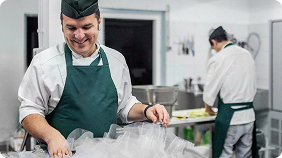

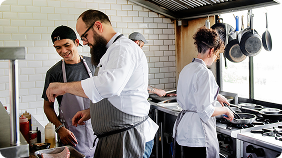


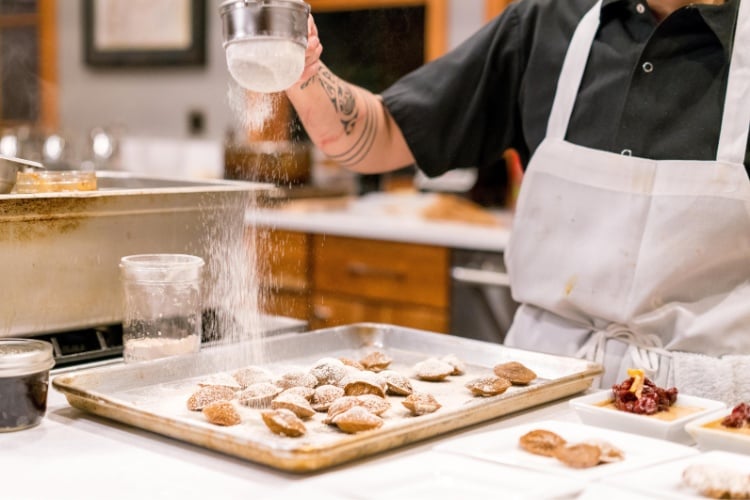
.png)
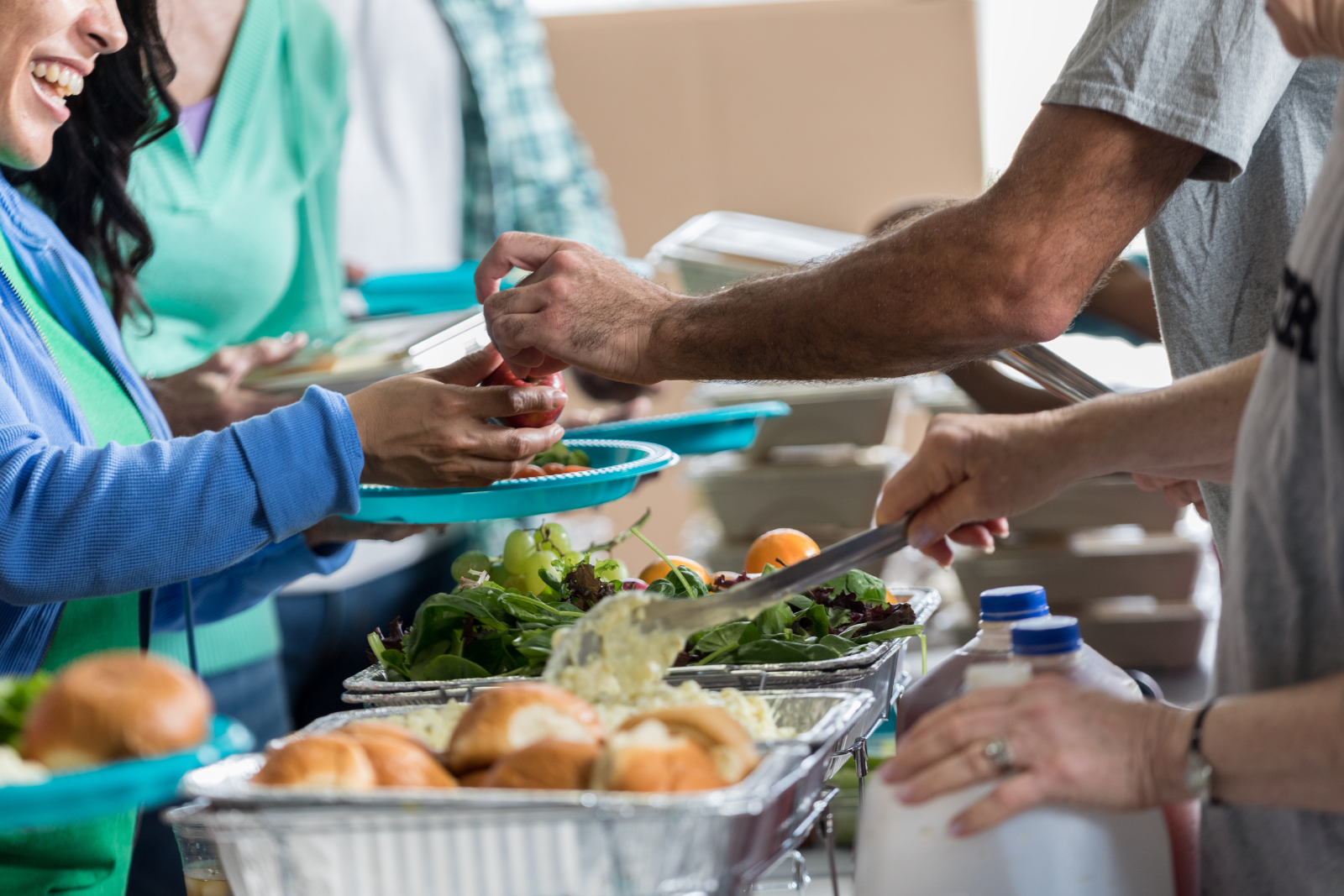
.png)
